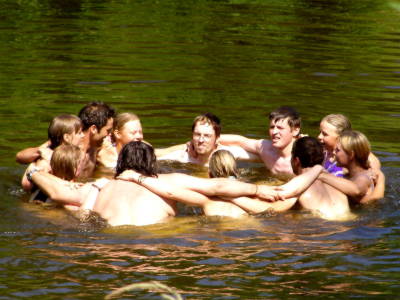How do friends affect children of teenagers?

Lydia Denworth, a science journalist, discusses the effects of friendship on teenagers during the transition from childhood to adulthood.
Friendship Is Crucial to the Adolescent Brain-The Atlantic
◆ Change of environment with friends in junior high school
Junior high school is a period of time when some children begin puberty and transition from a 'child' to a 'teenager'. One reason for this is that Denworth cited major changes in the environment. Most children in the United States spend most of their day in the classroom with the same classmates during elementary school. However, as a junior high school student, they go to multiple classrooms and spend time with different classmates. Children enter a time of greatest interest in accepting new encounters and how they can be perceived by others.
Jana Jubonen, a developmental psychologist at the University of California, explains how surrounding human relationships change during puberty, helped by 6,000 students at 26 junior high schools in Los Angeles , over a three-year period. A follow-up survey was conducted.
The participating children answered the following questions about their friends:
・ Please name your friends.
・ Do your friends trust you?
・ Can I talk anything to my friends?
・ Do your friends come to your house?
・ Have you ever been bullied?
・ Have you seen a person who is being bullied?
Two-thirds of the first-year junior high school students surveyed changed their answer to 'Please name a friend' from fall to spring. Yuvonen believes 'it has to do with the structure of the school system.' At the beginning of the semester, students gathering from elementary schools in different parts of the world to junior high schools have noticeable interactions with friends from elementary school. However, at the beginning of the year, students become more intimate with students in the same class. As you get used to living in a new environment, your social horizons will expand and you will be attracted to people with similar interests, such as football, movies, and robots, rather than your old friends.
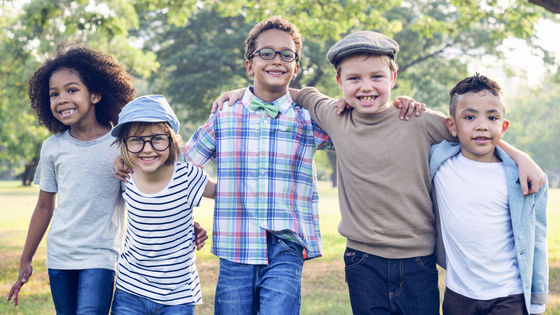
However, the social environment of junior high schools also has a dark side. Children without friends are at risk for anxiety, depression, and reduced self-esteem. About 12% of the 6,000 students who participated in the Yuvonen survey did not name their friends in response to the question, 'Please name your friends.' No one had lunch with them, and no one would protect me if bullied. The proportion of students without friends was higher for boys than girls, and African American and Latin American students were more likely to have no friends than white students.
The University of Chicago social psychologists John Cassiopo and Louise Hawkeley have
'Friendship has a hierarchical status. Children understand who they are and who they stand in the hierarchy of friendship. One of the means to gain status , Bullying is an effective tool, and it can be a strategic initiative, such as gaining or retaining status through bullying, 'said Yuvonen. According to Yuvonen, bullying will occur in the short term, as 'bullies can consistently gain popularity.'
According to Yuvonen, 'users with the least connections in social networks are likely to be targets for bullying.' It also found that children with at least one friend were less likely to be victims of bullying.
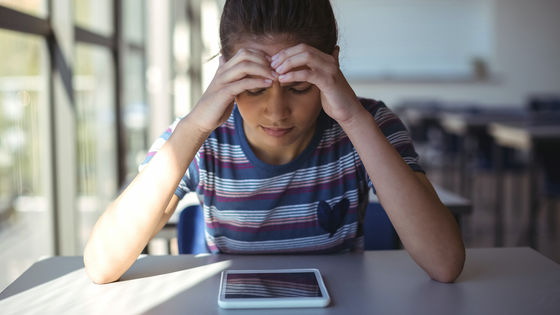
◆ Effect of interaction with friends on behavior
We know that teenagers who have a lot of friends are more likely to act recklessly. For example, a teenager driver with a friend of the same age in a car is four times more likely to have an accident than if he / she is driving alone. Teenagers are more likely to drink for the first time and try marijuana and drugs when they are with friends. It's the
Steinberg used video games to investigate the changing behaviors of teenagers and adults. Participants will sit in the driver's seat of the simulated driving game. The goal was to run the prepared course as soon as possible. Participants who ran early on the course were promised an extra reward.
The study was divided into three cases:
・ When only the driver drives
・ When friends are driving in the same room
・ When a friend is moved to the next room, the friend and driver can confirm each other's existence via the monitor, but cannot talk.

The result was that teenagers were more likely to drive more dangerously than if they were friends alone in the room. Adults continue to drive dangerously, whether or not their friends are driving. Teenagers are also more likely to drive dangerously, even if their friends are looking through the monitor. This means that teenagers, whether or not blasted by friends, perceive that their friends are watching their performance, are more likely to take risks than if they were alone. That is.
Steinberg collaborated with Jason Chen, a neuroscientist at Temple University, to measure brain waves and perform the same experiment.As a result, when children are with their peers, the
'Parents don't have to worry about all the effects and pressures their children have on their friends. They should worry about who their peers are playing with. You can also put pressure on each other not to use drugs, and vice versa, in fact, every child has 'I'm more susceptible to pressure and influence, and the problem is who is affected and what pressure I'm under pressure to do,' says Steinberg.
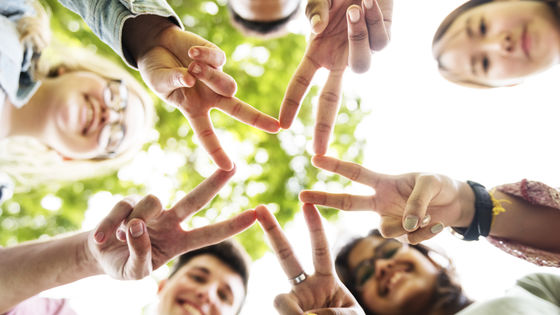
◆ away from parents
Psychologist of the University of Wisconsin, a group of Seth · D · Pollack and his colleagues, about what exchanges of mother and child to determine its impact on stress research we are. First, we conducted a test to induce stress by giving time for public speaking and giving math problems to 61 girls aged 7 to 12 years. After the test, researchers measured the levels of stress hormones and oxytocin in the girls. Then have one third of the girl reunited with her mother for 15 minutes. Mothers were allowed to comfort as they liked, talking and hugging with their daughter. Another third of the girls had their mother talk over the phone shortly after finishing the exam. The remaining girl did not contact her mother.
Afterwards, the levels of stress hormone and oxytocin in all girls were measured. All three groups had elevated cortisol after stress provocation testing, whereas those interacting with mothers tended to have lower cortisol and increased oxytocin. Cortisol reduction and increased oxytocin were more pronounced in the group that interacted directly with the mother than in the group that interacted with the mother over the phone. The girls who did not interact with their mothers had high cortisol levels even one hour after the stress test and no change in oxytocin.
Groups that interacted with their mothers had reduced cortisol. Those who were not in contact with the mother had elevated cortisol levels even after 1 hour of stress testing, and contact with the mother also affected oxytocin release. It was facilitated by contact within 15 minutes, but the girl who did not interact with her mother remained unchanged.
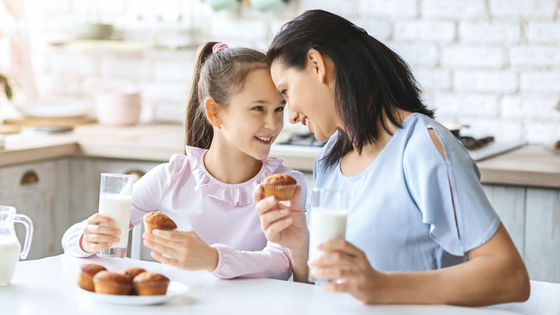
Dylan Zee, a neuroscientist at Yale University, studied how a child's brain matures and found that puberty is a turning point in coping with stress. In children younger than 10 years, mothers tended to control stress. However, adolescents between the ages of 11 and 17 did not interact with their mothers as much as they did under the age of 10.
In a 2011 study , children aged 11 and 12 recorded their daily feelings about themselves and their experiences, recorded who was together, and measured cortisol levels every day. The results show that when children are with friends, negative emotions are buffered, cortisol levels are reduced, and self-esteem tends to increase.
`` Given the importance of friends to teenagers, it may be logical that friends take over the role of social cushion that parents lost when they left, '' Denworth said. I am.
Related Posts:
in Note, Posted by darkhorse_log
